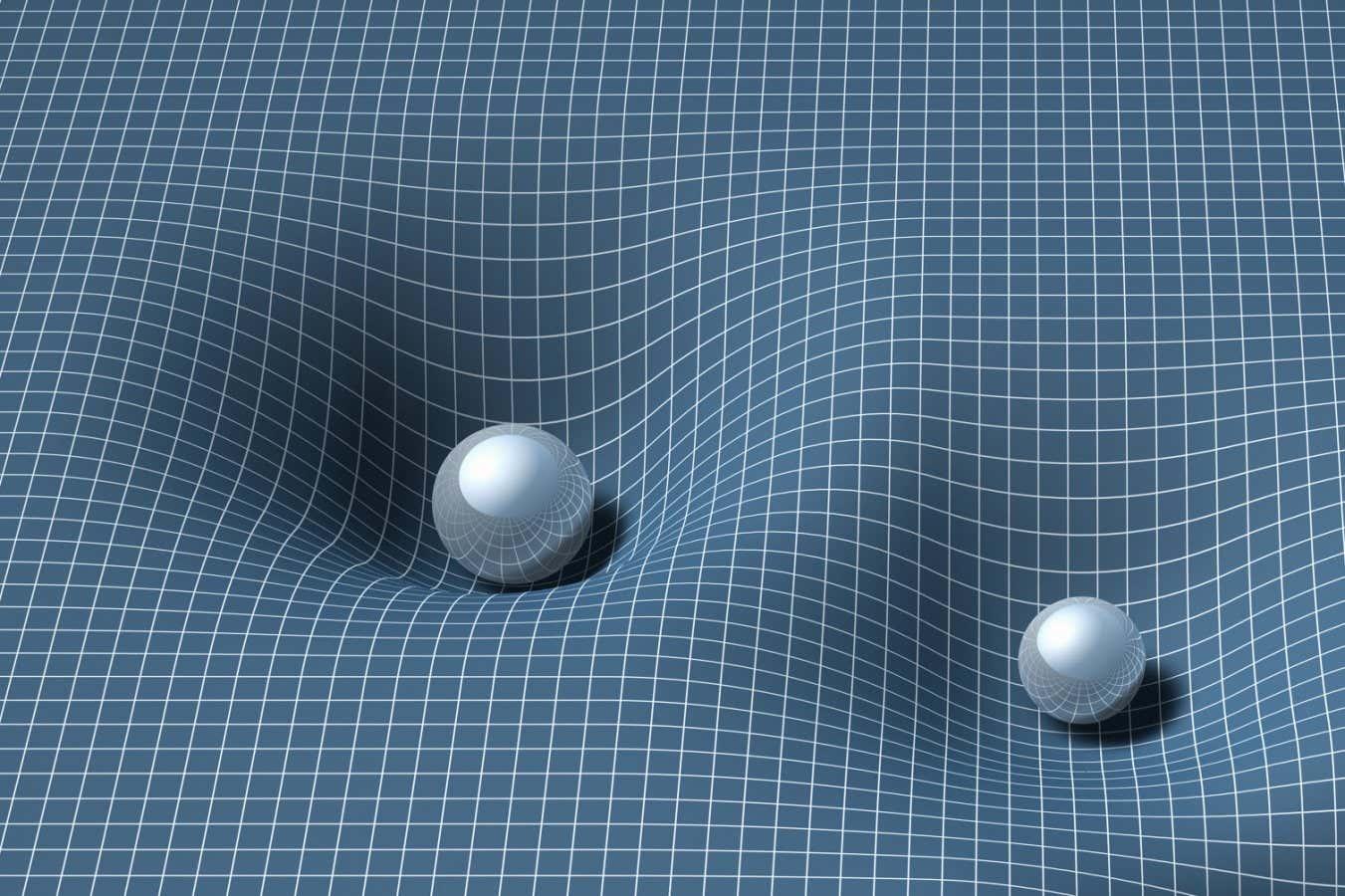In the realm of cinematic achievements, few films have managed to capture the raw, unyielding nature of space as compellingly as “Gravity.” Directed by Alfonso Cuarón, this visual and auditory spectacle has redefined the boundaries of storytelling through its innovative use of technology and sound design. As audiences are plunged into the vast, unforgiving expanse of outer space, the film meticulously crafts an immersive experience that is both a feast for the eyes and a symphony for the ears. This article delves into the intricate layers of “Gravity,” analyzing how its groundbreaking visual effects and meticulously engineered soundscape coalesce to evoke a profound sense of isolation and vulnerability, mirroring the existential themes inherent in the narrative. Through a neutral lens, we explore the film’s contributions to the genre and its lasting impact on the portrayal of space in cinema.
Understanding the Visual Phenomena of Gravity in Space
In the vast expanse of the cosmos, gravity reveals itself not just as a force, but as an intricate tapestry of visual phenomena that captivate and challenge our understanding. From the majestic dance of galaxies to the swirling embrace of black holes, gravity paints a dynamic canvas that is both beautiful and formidable. These cosmic displays are marked by several key features:
- Gravitational Lensing: This phenomenon occurs when massive objects like galaxies bend light from more distant objects, creating distorted, magnified, or even multiple images of the same celestial body.
- Accretion Disks: As matter spirals into a black hole, it forms a luminous disk that glows brightly, a testament to the gravitational pull exerted by these enigmatic entities.
- Cosmic Microwave Background: The afterglow of the Big Bang, this radiation is scattered and influenced by gravitational forces, offering a glimpse into the universe’s infancy.
These visual spectacles are not merely scientific curiosities; they are profound insights into the nature of gravity itself. By studying these phenomena, scientists can unravel the mysteries of cosmic structures and the fundamental forces that shape them, transforming our perception of the universe in the process.

Exploring the Soundscapes of Celestial Bodies
In the cosmic ballet of the universe, celestial bodies produce a unique tapestry of sounds that go beyond our terrestrial understanding. While space is a vacuum devoid of air to carry sound waves, these celestial soundscapes are captured through electromagnetic vibrations, which can be translated into sound. NASA’s Voyager and other spacecraft have provided us with invaluable auditory glimpses into the universe’s vast symphony, revealing the eerie harmonics of Jupiter’s magnetosphere and the ethereal chorus of Saturn’s rings. These recordings not only enrich our understanding of planetary environments but also offer a new dimension to the exploration of space, blending scientific inquiry with artistic interpretation.
- Jupiter’s Magnetosphere: Emits a range of radio waves that, when converted, sound like a distant thunderstorm.
- Saturn’s Rings: Produce haunting sounds that resemble wind chimes caught in a cosmic breeze.
- Solar Winds: Create dynamic waves that translate into a fluctuating hum, akin to a distant, melodic wind.
These sonic landscapes, while not directly audible in space, are a testament to the intricate dance of gravitational forces and cosmic phenomena. They serve as a reminder that the universe is not only a visual spectacle but also an auditory wonder waiting to be explored. As technology advances, the potential for uncovering more of these celestial melodies grows, inviting both scientists and artists to interpret and engage with the universe in unprecedented ways.

The Role of Gravity in Shaping Cosmic Events
In the grand tapestry of the universe, gravity acts as both the weaver and the loom, intricately shaping the vast cosmic events that capture our imagination. It is gravity’s relentless pull that orchestrates the dance of celestial bodies, guiding planets around stars and stars within galaxies. This force is the unseen architect behind some of the universe’s most spectacular phenomena, from the formation of swirling galaxies to the dramatic collisions of neutron stars. Such collisions, while seemingly chaotic, are meticulously choreographed by gravitational forces, leading to the creation of gravitational waves that ripple through the fabric of spacetime.
Gravity’s role extends beyond mere orchestration, playing a pivotal part in the genesis and evolution of cosmic structures. Consider the following:
- Star Formation: The gravitational collapse of gas and dust clouds in nebulae gives birth to stars, igniting nuclear fusion at their cores.
- Black Holes: When massive stars exhaust their nuclear fuel, gravity causes their remnants to collapse into singularities, warping spacetime around them.
- Galaxy Clusters: Gravity binds galaxies into clusters, which are among the largest known structures in the universe.
These cosmic events, sculpted by gravity, provide both a visual and auditory spectacle, as they not only illuminate the sky with their brilliance but also resonate through the cosmos with their gravitational symphonies.

Recommendations for Experiencing Gravitys Spectacles
Experiencing the awe-inspiring phenomena of gravity’s spectacles requires a blend of preparation and curiosity. Begin by equipping yourself with the right astronomical tools: a reliable telescope for viewing celestial events, a star map or an app for tracking cosmic occurrences, and a comfortable spot away from city lights for optimal visibility. Next, consider timing your observations to coincide with key astronomical events such as eclipses, meteor showers, or the appearance of supermoons. These events offer unique opportunities to witness the dramatic effects of gravitational forces in action.
- Seek out gravity-related documentaries and educational resources to deepen your understanding of the science behind these spectacles.
- Join local astronomy clubs or online forums where enthusiasts share tips, organize events, and discuss the latest discoveries in space observation.
- Plan visits to planetariums or observatories, where advanced equipment and expert guidance can enhance your viewing experience.
- Experiment with audio equipment to capture the subtle sounds of space, such as gravitational waves or radio emissions from distant celestial bodies, for a more immersive experience.
